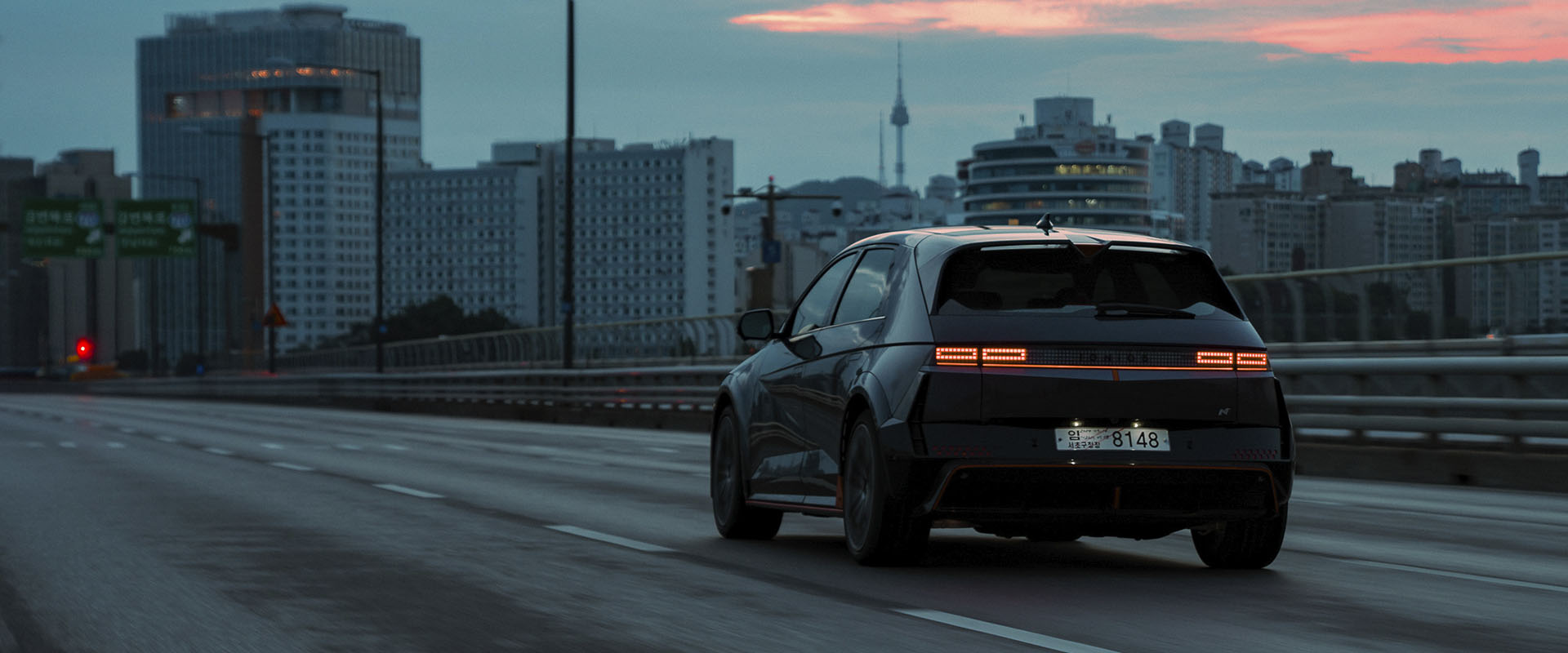Hyundai Worldwide Global Navigation
- Go to Global Distributors page
- KR
-
SearchRecommended search terms
Editorials Duality in Motion: The Spirit of Seoul
Please use Safari to download the files.
Korea is a country of contrasts, and nowhere is this unique duality more apparent than in its capital, Seoul. This global city’s heartbeat pulses 24/7 with vibrant enthusiasm, always in motion, yet the peace and tranquility the ‘land of morning calm’ is also known for highlights the Korean philosophy of balance.
Seoul is a city of two halves. To the north of the Han river – Seoul’s main artery, bisecting the city – sits the historical center. The narrow, winding and steeply pitched streets of many of its neighborhoods contrast comfortably with much of Seoul’s modernity in the south.
This is not a jarring difference, though. Instead, in Seoul opposing concepts coexist in relaxed harmony.
Before the 1960s, much of the land to the south of the Han was fertile floodplain used for rice cultivation, with development of what’s now known as grid system-based Gangnam (translating as “south of the river”) really kicking in alongside Korea’s exponential economic growth from the 1970s onwards.
Today, the two banks of the Han exist in a synchronized show of traffic-dominated expressways overlooked by both historical sites and shining examples of progress, a timely reminder of where the city of Seoul has come from and where it is heading.
The obvious example of Seoul’s complementary opposites comes from this juxtaposition of the city’s old and new.
From the hanok (한옥, traditional timber-framed Korean houses) of Bukchon village (북촌한옥마을) to the palace of Gyeongbokgung (경복궁), the main royal palace of the ancient Joseon Dynasty built in 1395, these typically Korean scenes rooted in a past era sit in the shadows of Seoul’s Gwanghwamun skyscrapers, a resolute symbol of constant evolution and modernity contrasting with the intricate construction of the past.
Wooden temples painted in traditional dancheong (단청) – geometric patterns characterized by their vivid greens, reds and blues – sit easily in the shadows of glass shards that spring skywards from ground level, their next-to-no-time development in recent years a metaphor for the speed at which Korea has advanced since the Miracle on the Han River began in the early 1960s.
This contrast of cultural heritage and contemporary life can be seen tucked away in pockets across Seoul, the birthplace of the modern K-wave.
The bustling streets of Gangnam, bathed in a nighttime neon glow, buzz with atmosphere and youthful energy in close proximity to the serene river parks that flank the Han, itself a symbol of Korea’s relentless flow of progression and a symbiotic fusion of urban and natural environments.
With themes that range from food, music, architecture, art – and even automotive design – there’s a respectful acknowledgement of tradition fused with innovation for progress that runs across the peninsula.
The Hyundai IONIQ 5 N is a perfect embodiment of this duality in motion, reflecting its homeland.
From the retro-inspired design informed by Hyundai’s iconic original Pony, modernized for the electric era, to the contrasting blend of silent EV running and enthusiast-focused driver appeal through technological advances such as N e-Shift, the IONIQ 5 N offers calm and excitement, aesthetics and functionality, as well as dynamics and purity in equal measure.
Viewed through a global lens, it's the two-way extrapolation of this enthralling mix of qualities that’s made Korea an international phenomenon in recent years, with legions of K-fans around the world developing a thirst for all things Korean.
Korea is big and bold, a global player when it comes to cultural and economic exports, with this balance mixing music and drama driven by hearts and minds, and the mass-production of globally consumed gadgets and tech.
However, Seoul is a place of subtlety, too. From the delicacy of flavors in Korean food to the way the city’s seemingly unyielding urban assertiveness actually integrates harmoniously with the forested hills, creating pockets of nature-filled green to soften the urban sprawl, there are character traits to discover everywhere.
Seoul blends reassuring familiarity and exciting transience, the fizz of life in its warren-like streets fading and returning as you pass between brighter and busier, and more residential neighborhoods.
From the looming sight of Lotte World Tower stretching to the iconic spire on top of Namsan (남산) mountain and beyond, view the city by car and you’re treated to a glimpse of this culture as the atmosphere flows through Seoul’s crisscrossing network of back streets, spilling out onto its expansive boulevards.
But you don’t have to travel far to just as readily absorb the calm and peace of a tree-lined street, with the hanging, upturned eaves of beautifully crafted timber dwellings identifying this unique view as typically Korean.
This duality is inherent to the country – all you need to do is look at the national flag that represents it. It’s one of the strongest factors of identity for any nation, and for Korea, the taegeuk-gi (태극기) as it’s known, has this duality at its core.
Some might know it as ‘yin and yang’ – complementary and at the same time opposing forces. In Eastern philosophy, taeguek symbolizes balance and harmony, creation and change, dynamic movement that doesn’t represent a fixed state.
The spirit of Seoul has developed under this figurative and physical banner. It is a uniquely Korean concept. It’s duality in motion.
To download Hyundai's 'IONIQ 5 N x Seoul: Duality in Motion' rights-free editorial assets – including images, clean social media shorts and long-form video – download here.
Editor. Sean Carson
sean.carson@hyundai.com
Global PR Strategy & Planning · Hyundai Motor Company
Disclaimer: Hyundai Motor Group believes the information contained herein to be accurate at the time of release. However, the company may upload new or updated information if required and assumes that it is not liable for the accuracy of any information interpreted and used by the reader.
About Hyundai Motor Group
Hyundai Motor Group is a global enterprise that has created a value chain based on mobility, steel and construction, as well as logistics, finance, IT and service. With about 250,000 employees worldwide, the Group’s mobility brands include Hyundai, Kia and Genesis. Armed with creative thinking, cooperative communication and the will to take on any challenges, we strive to create a better future for all.
More information about Hyundai Motor and its products can be found at:
http://www.hyundaimotorgroup.com or Newsroom: Media Hub by Hyundai , Kia Global Media Center (kianewscenter.com) , Genesis Global Newsroom
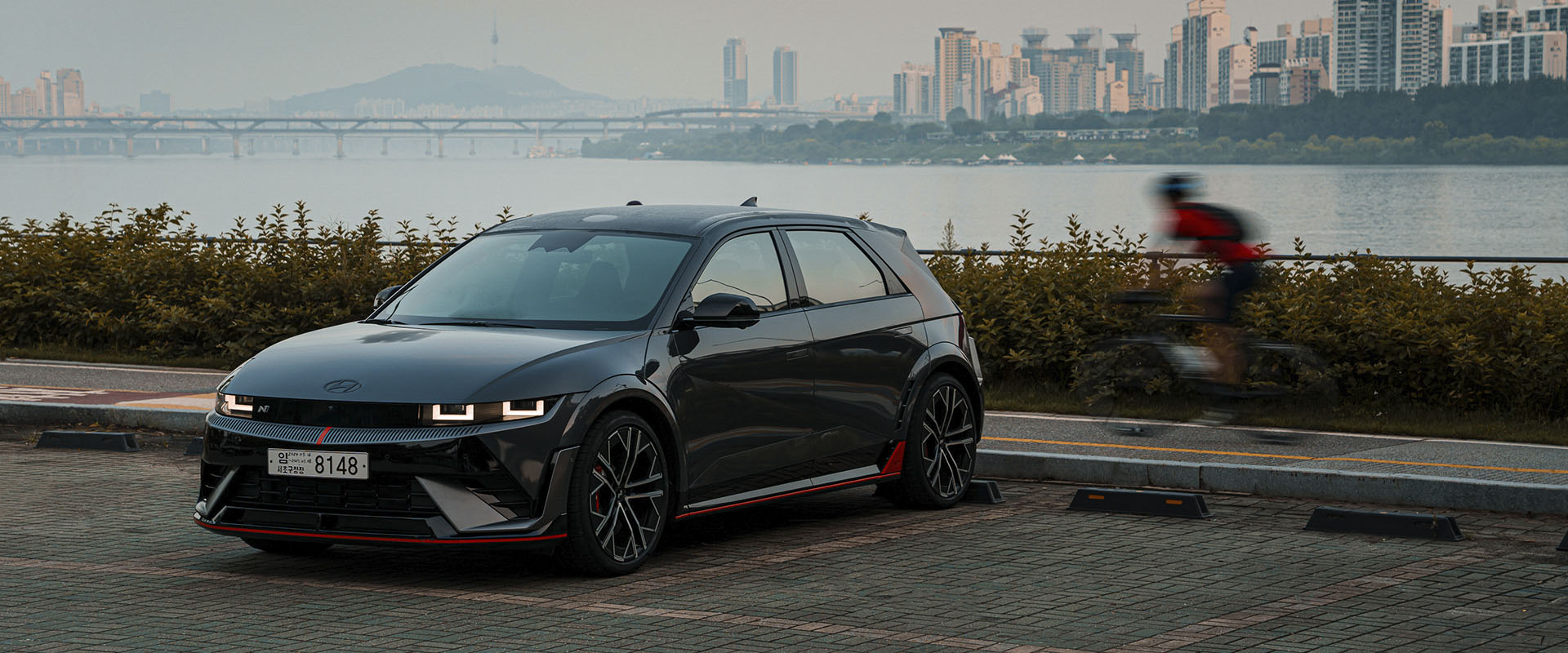
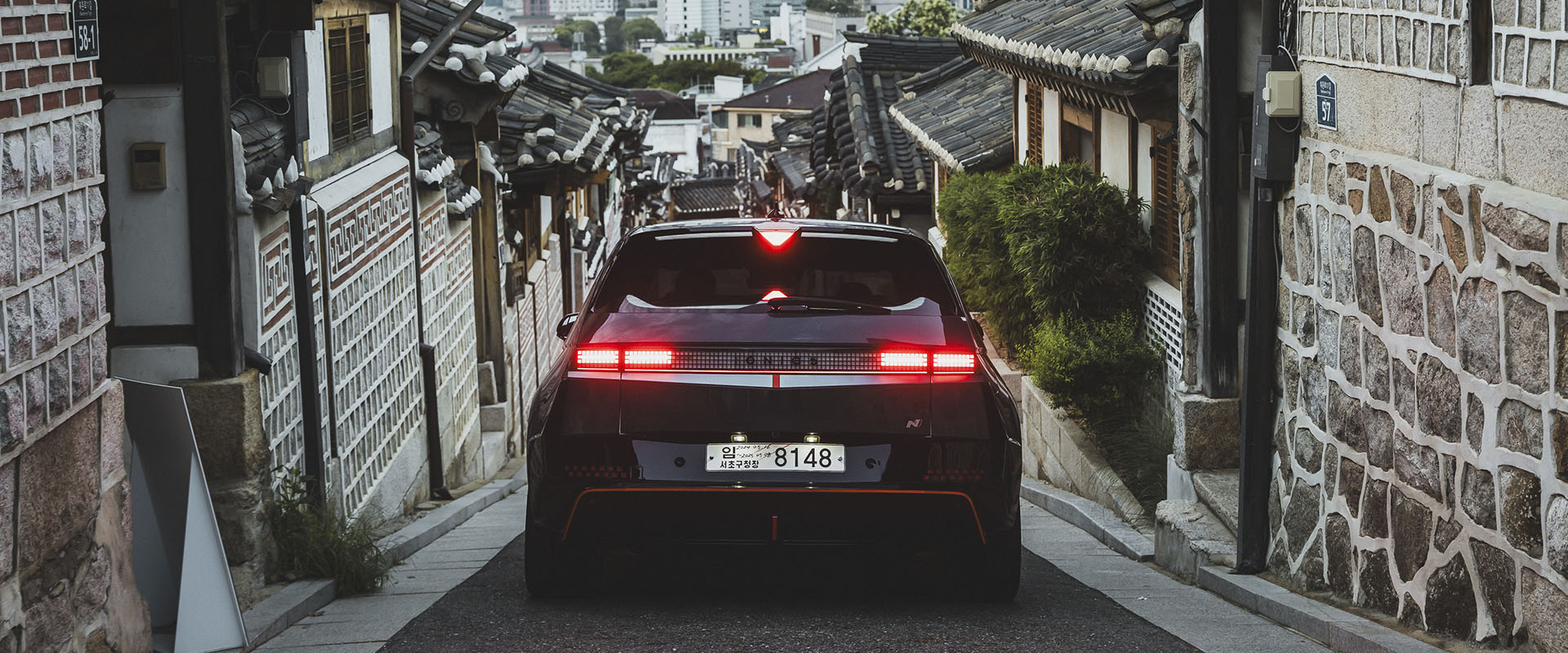
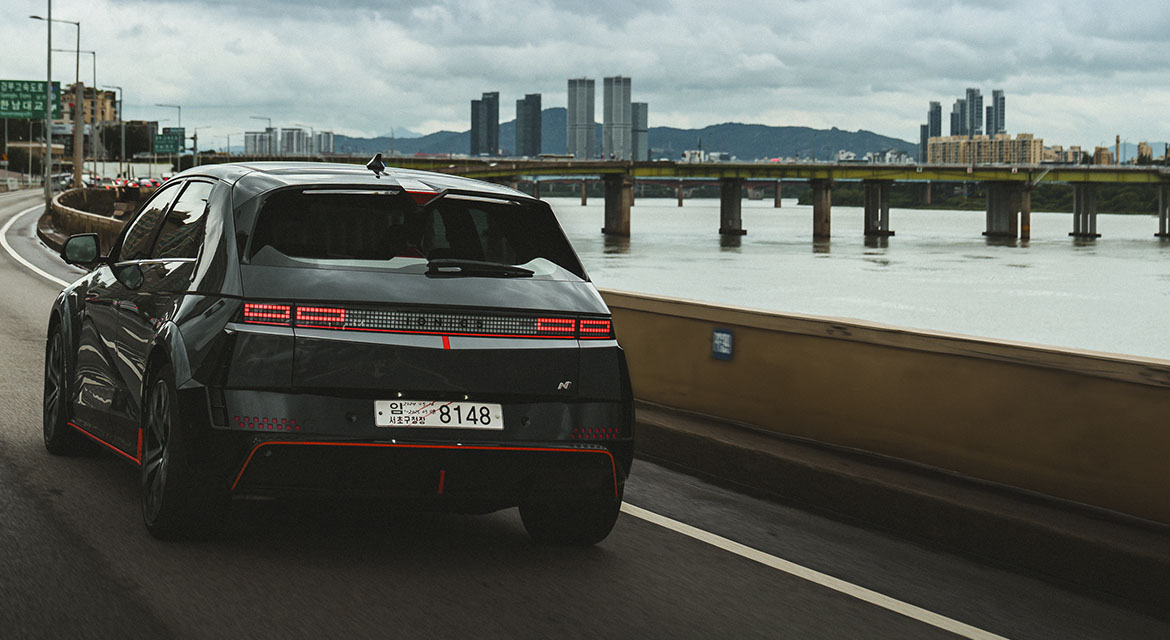
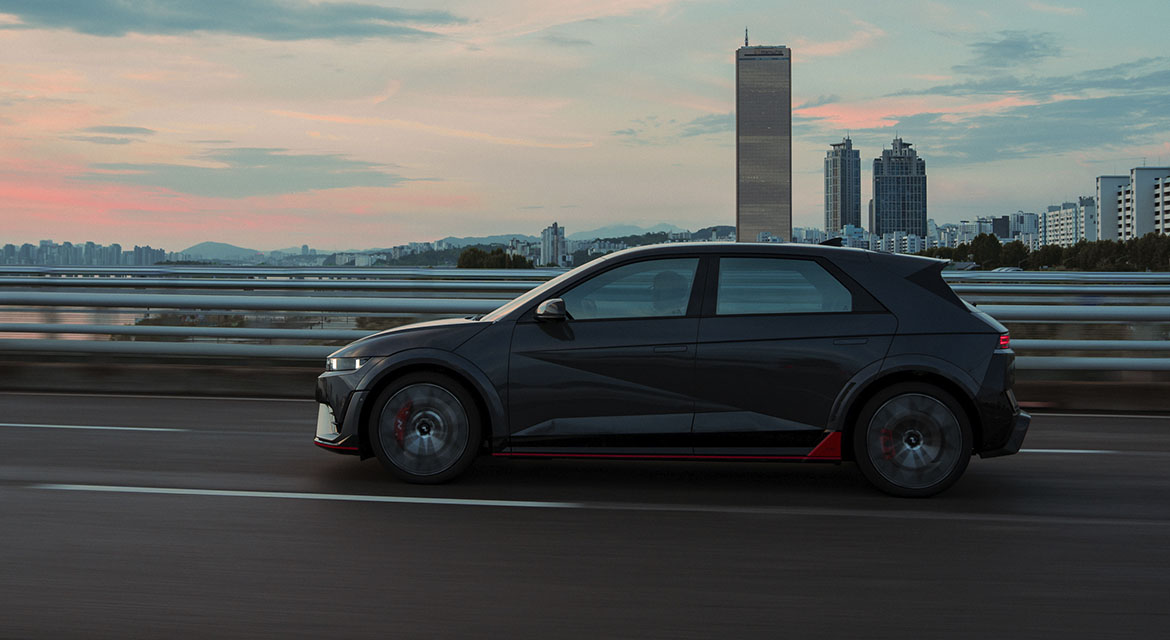
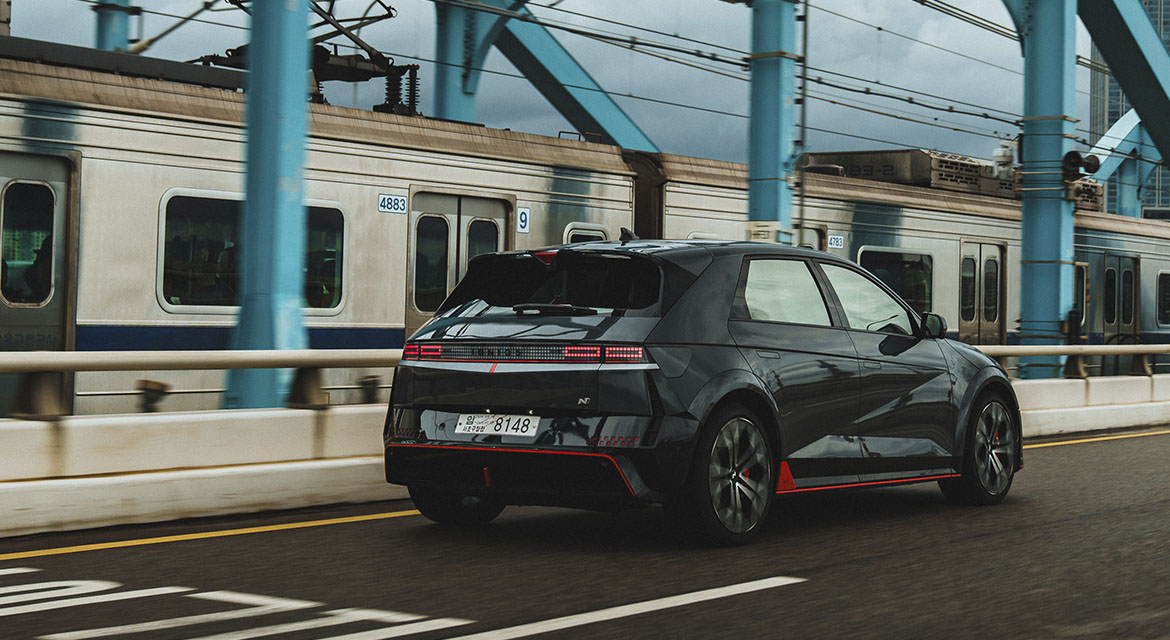

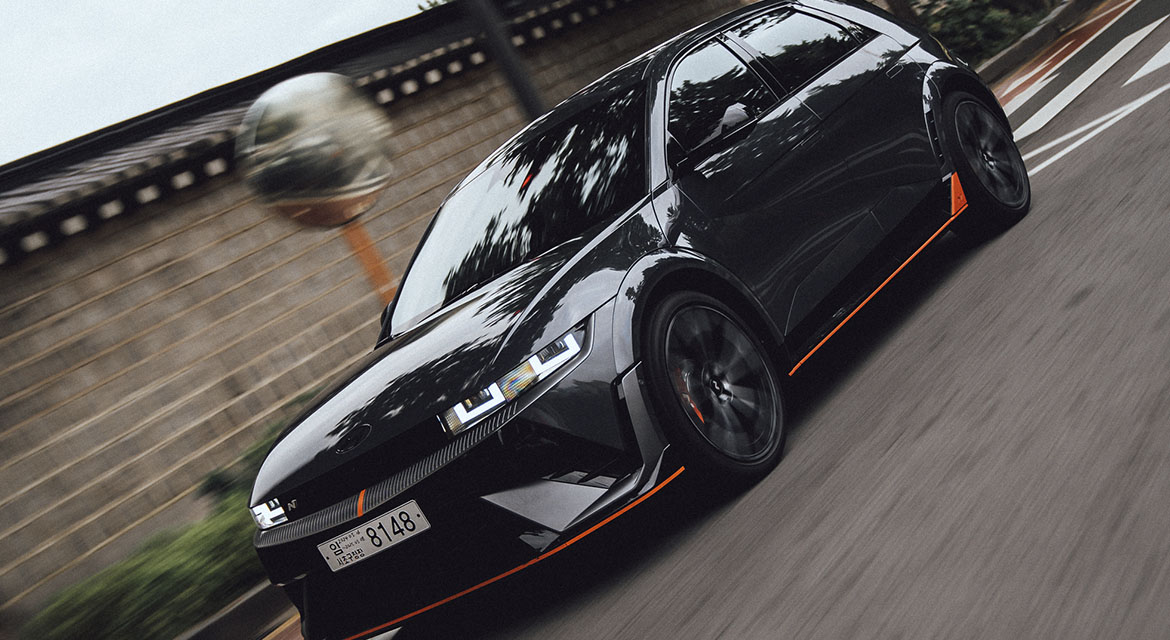
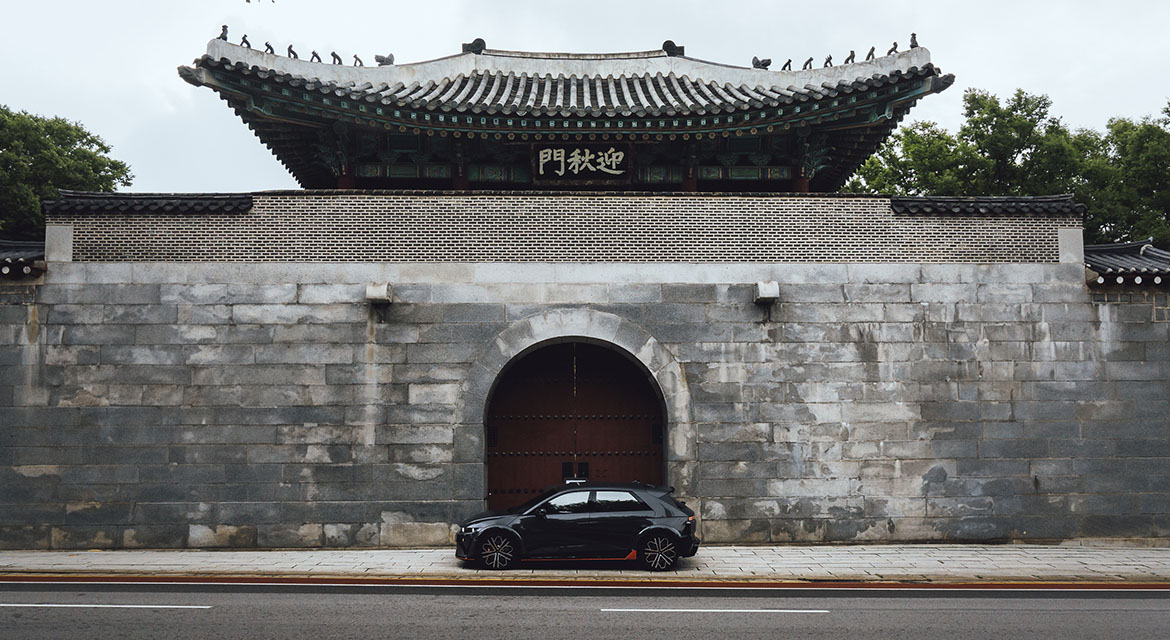
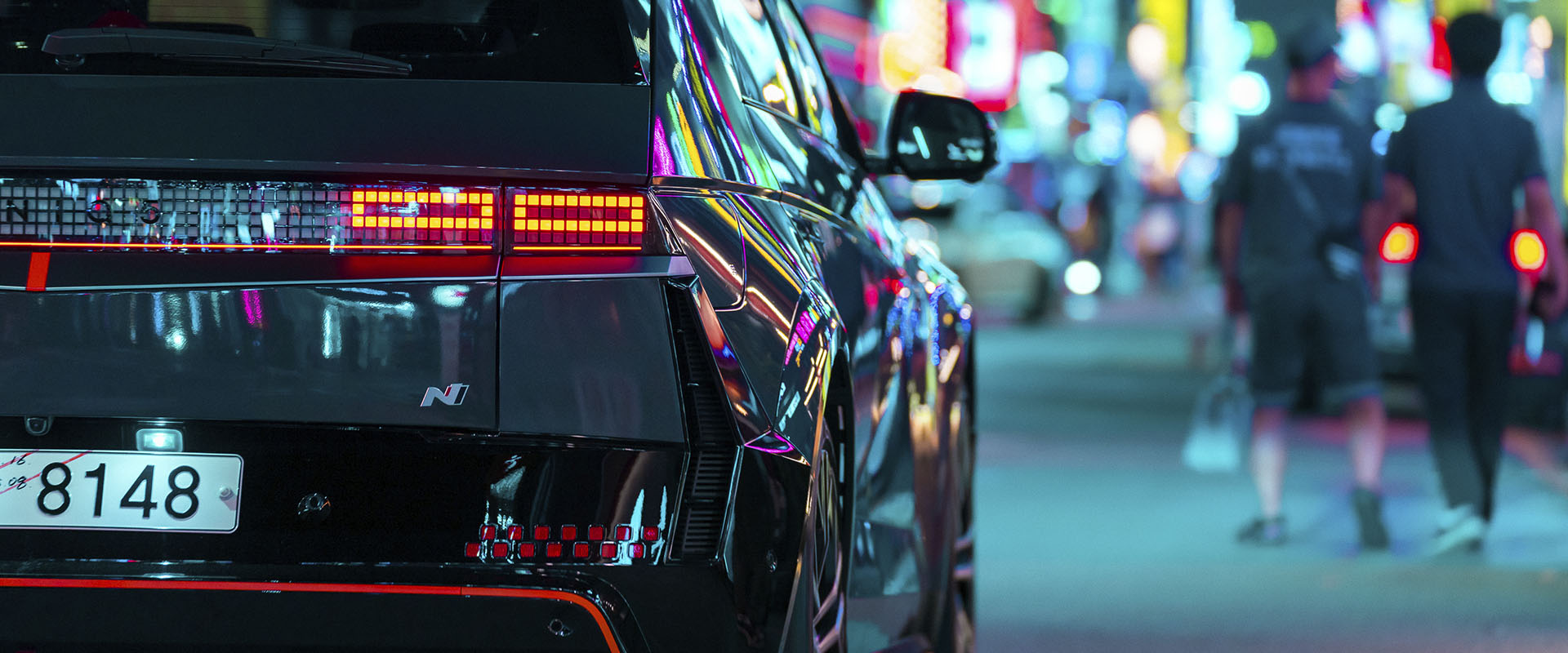
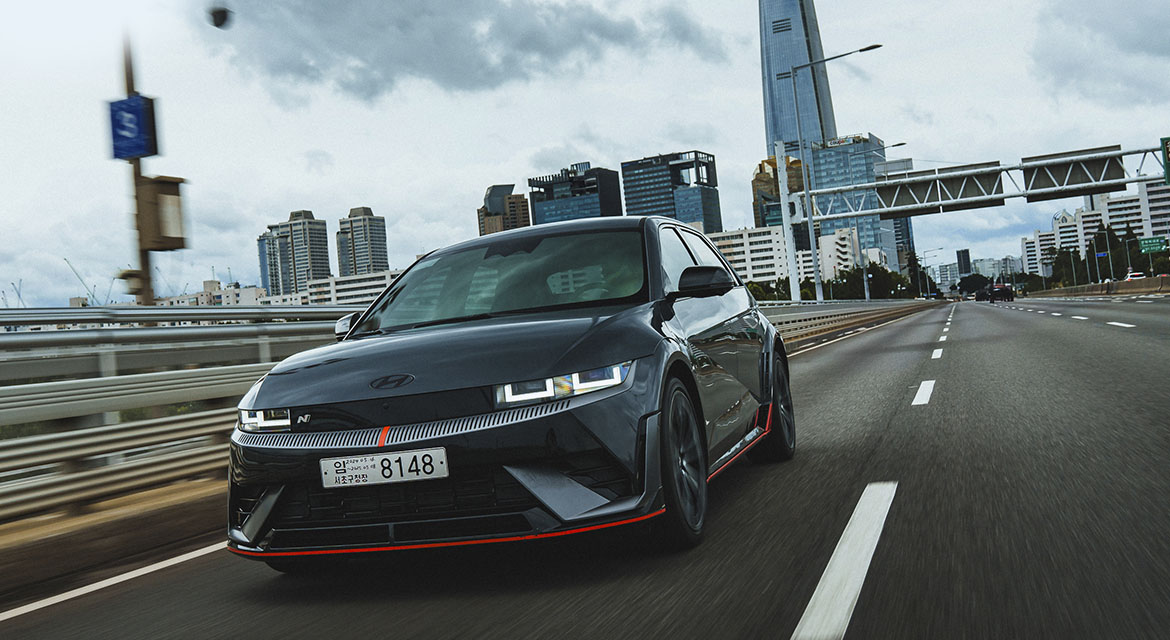
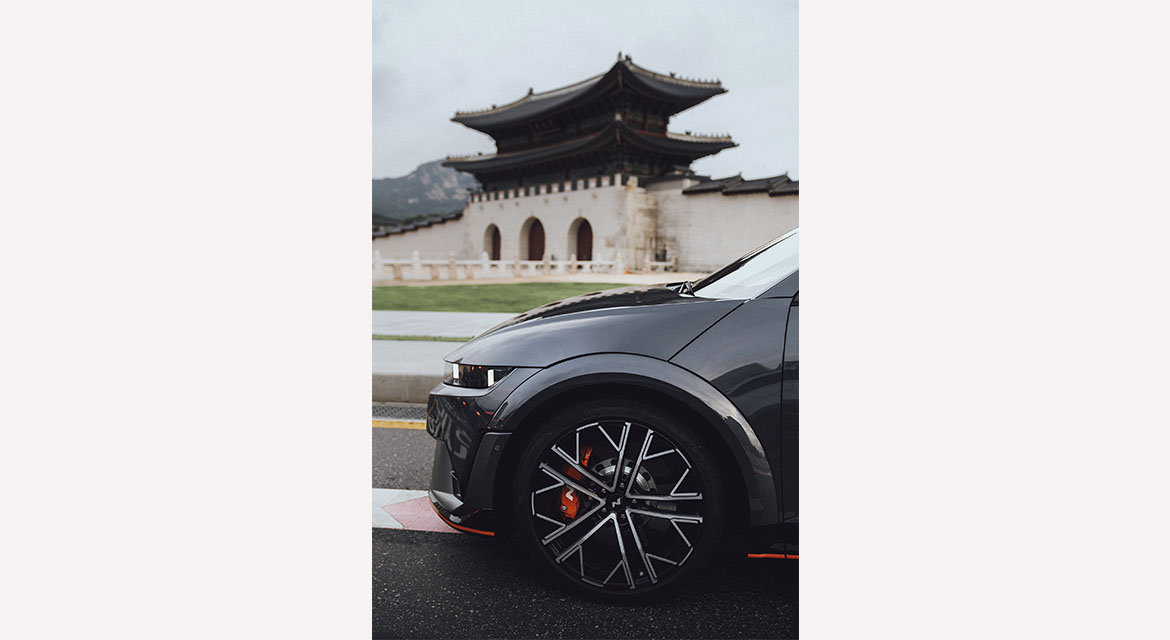

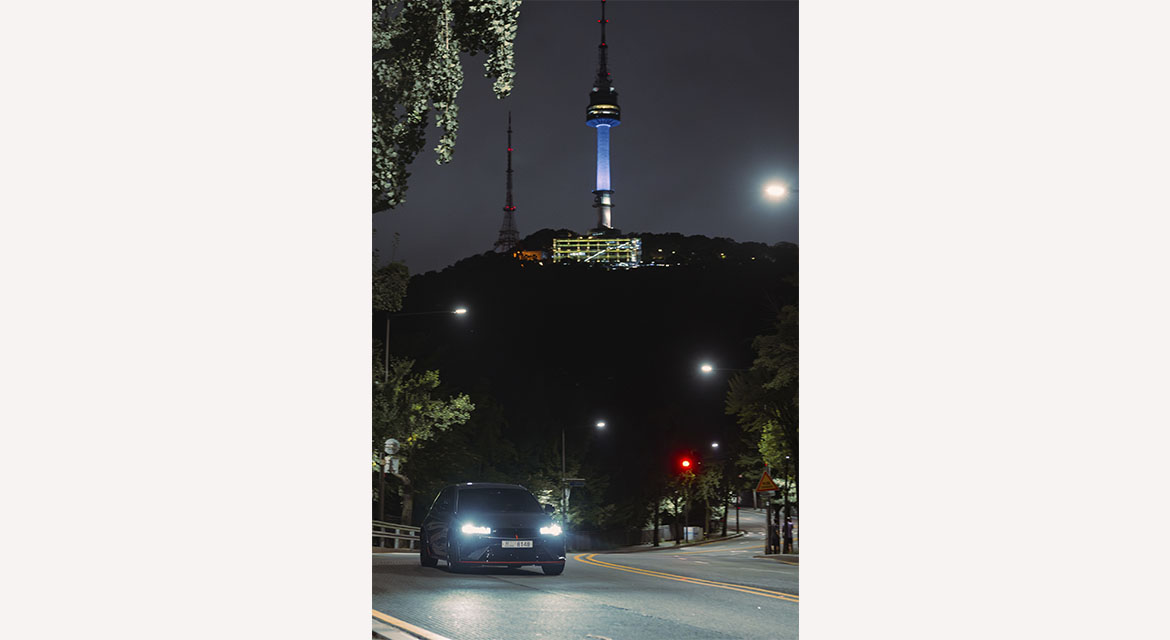

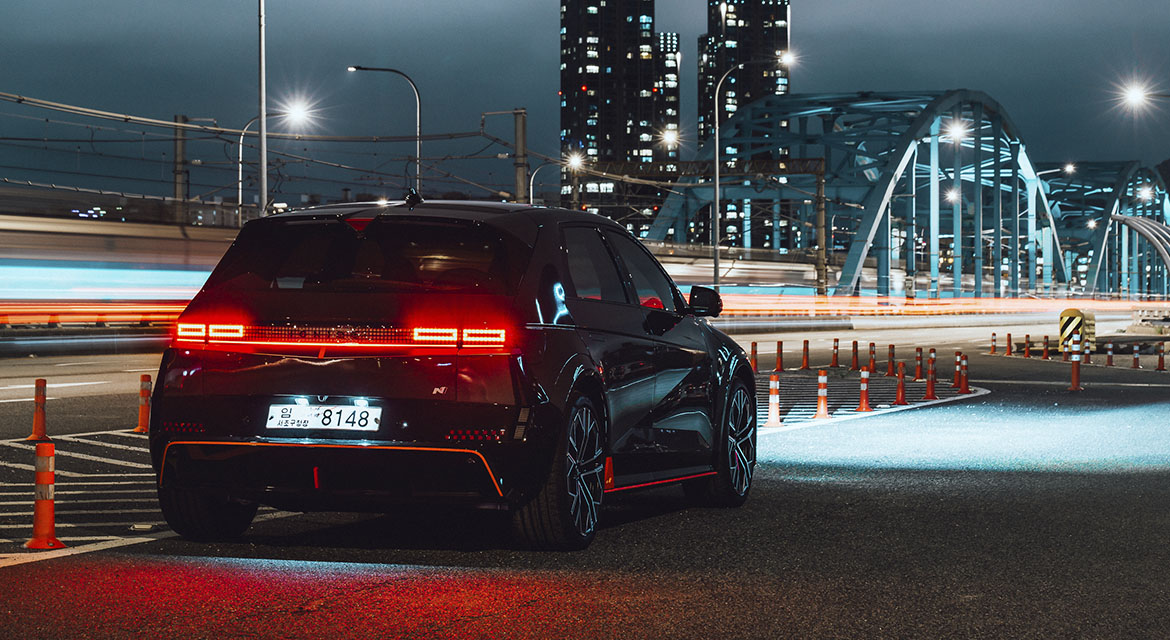
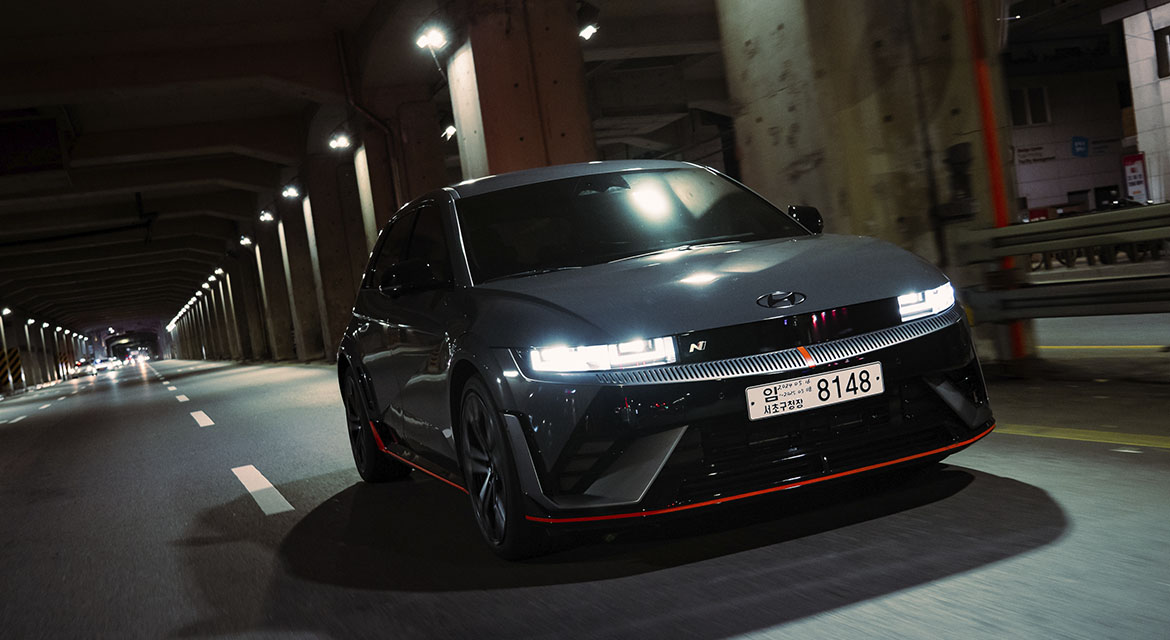
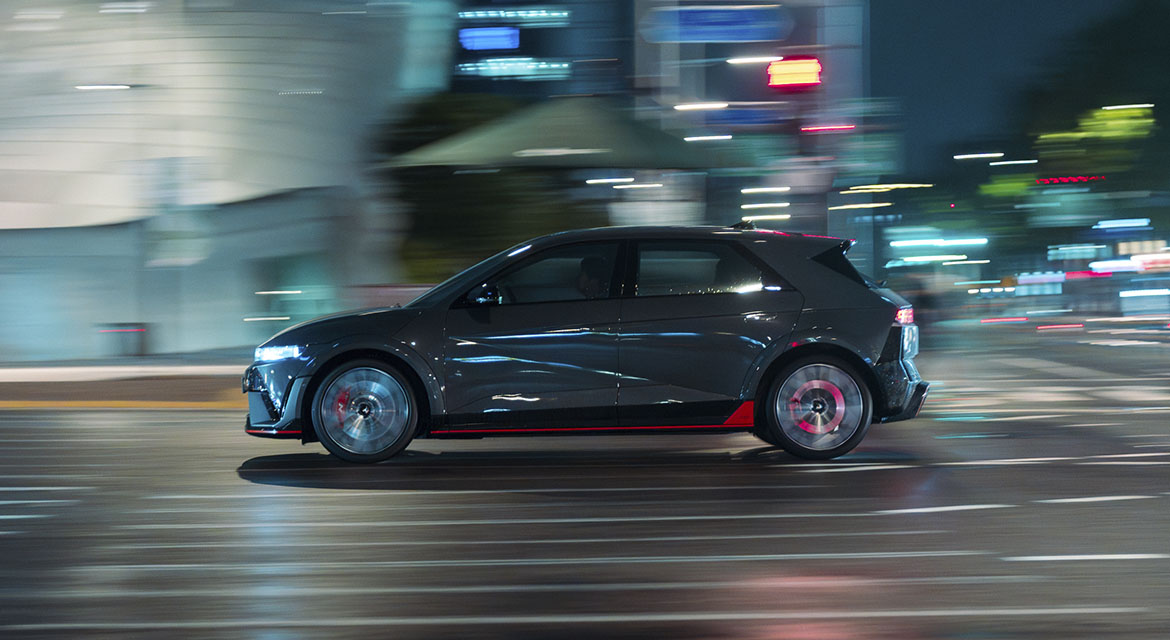
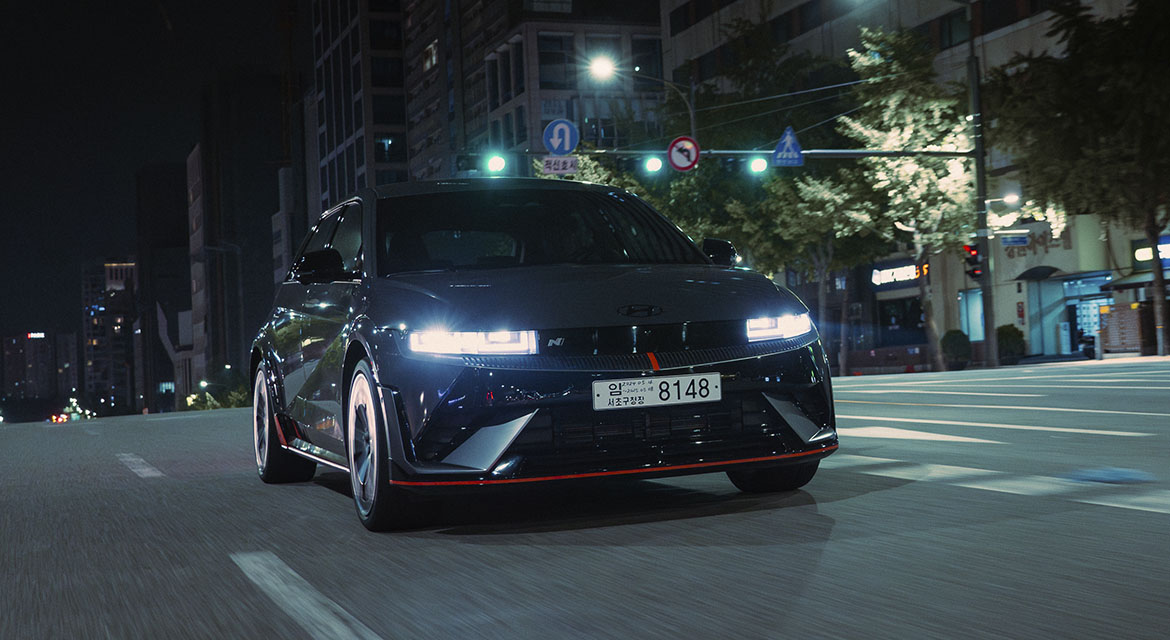
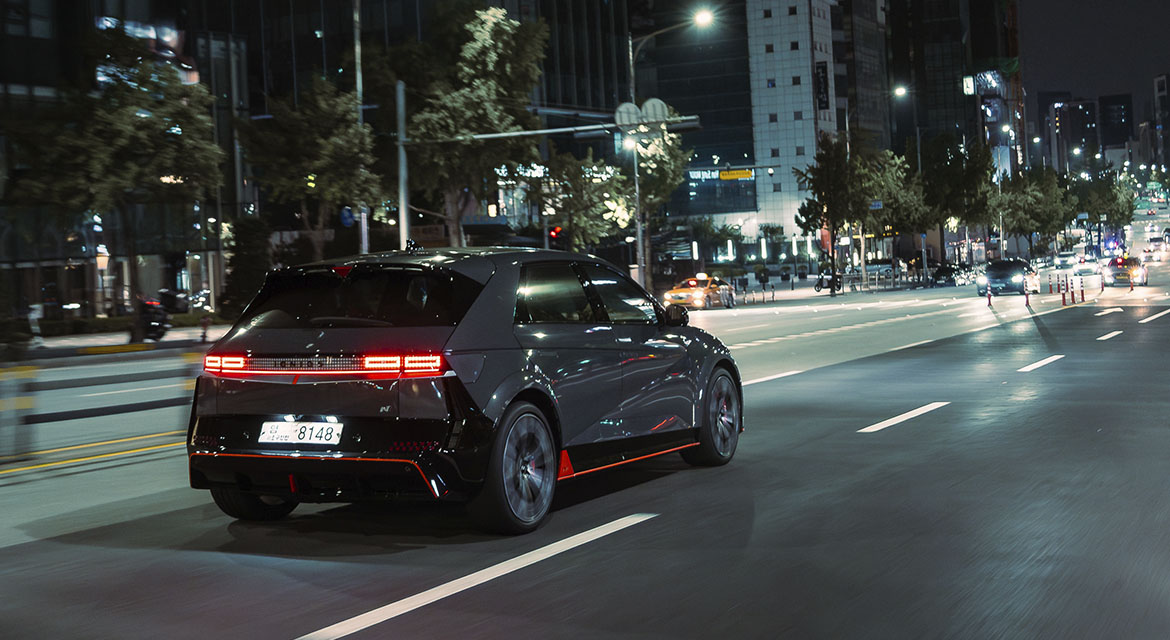
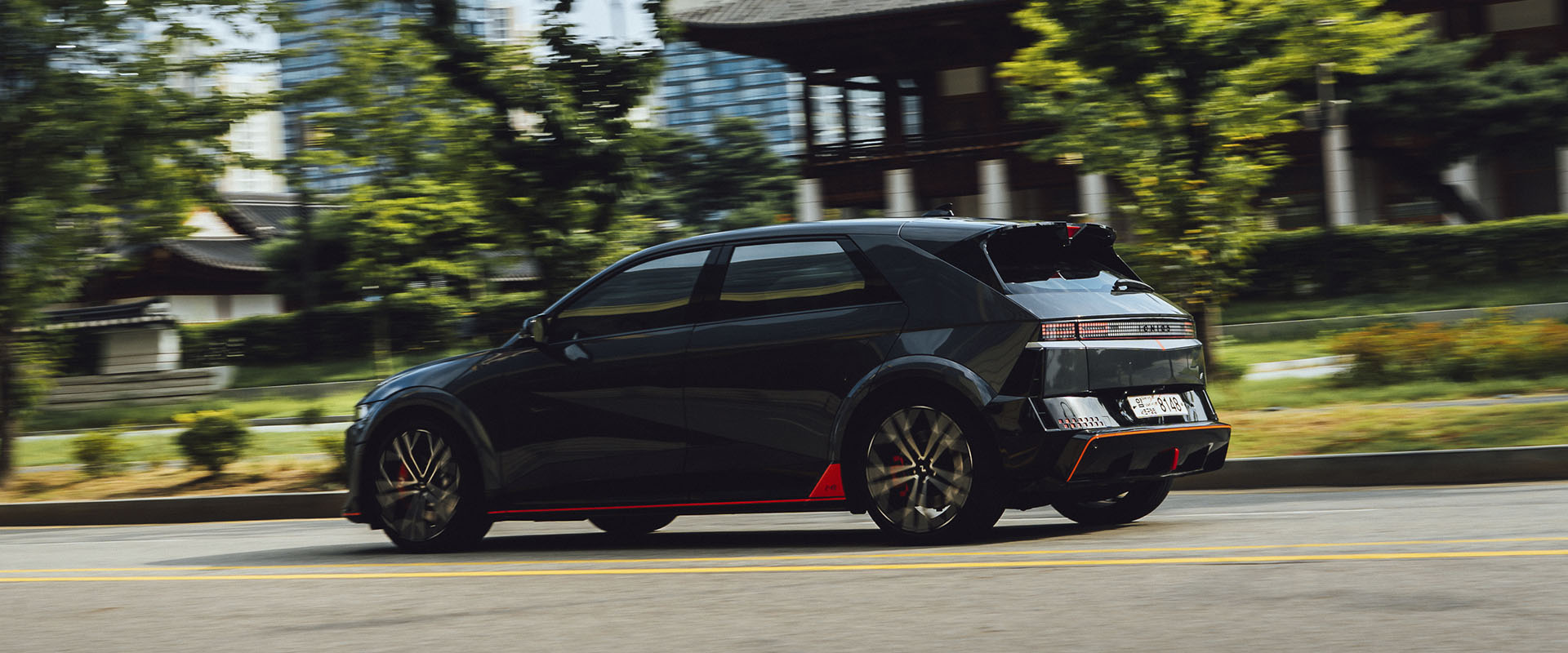
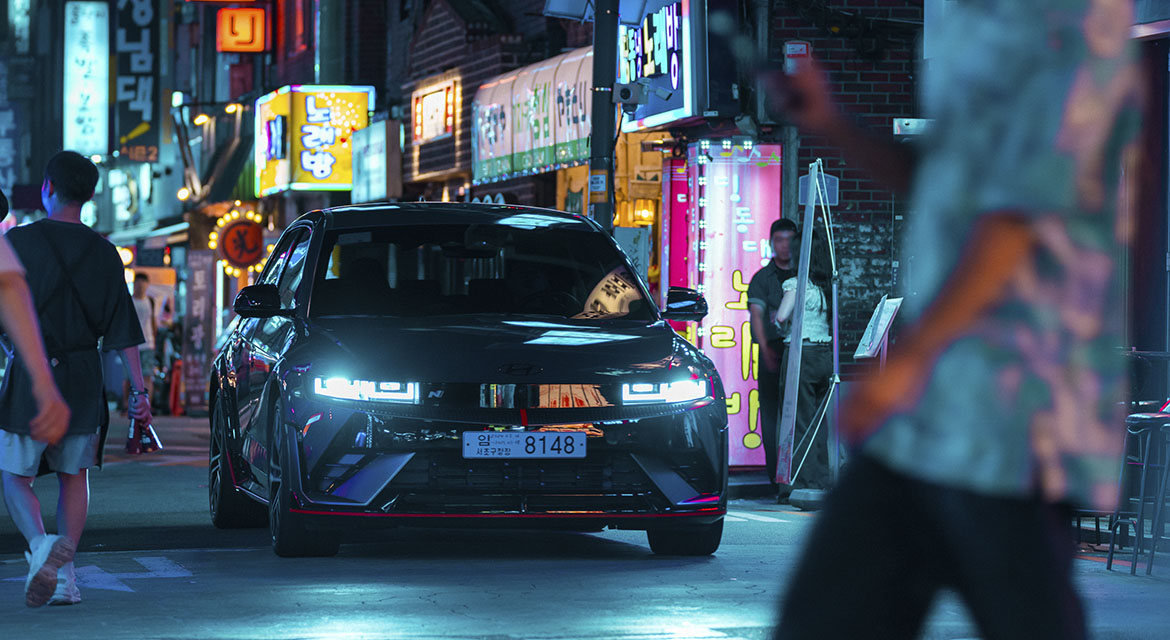
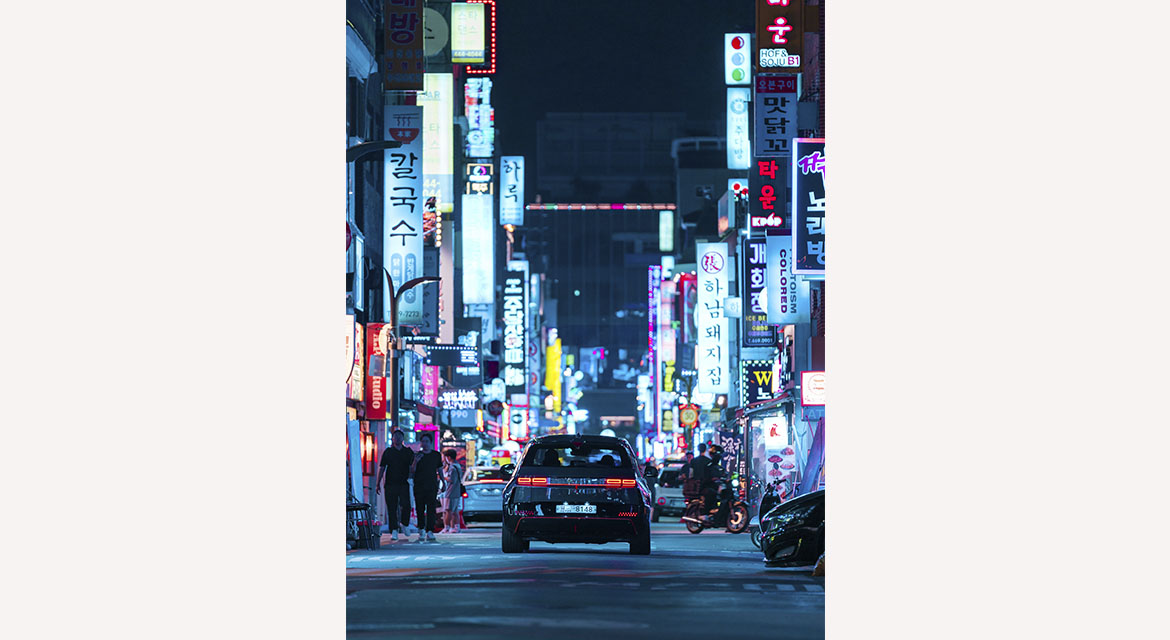
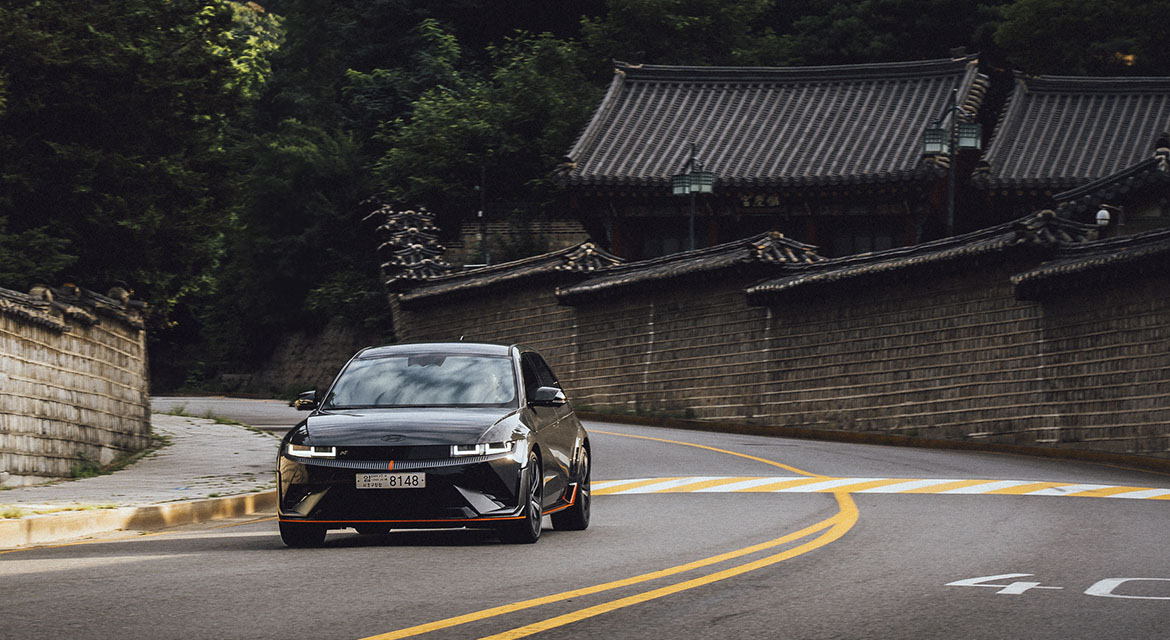
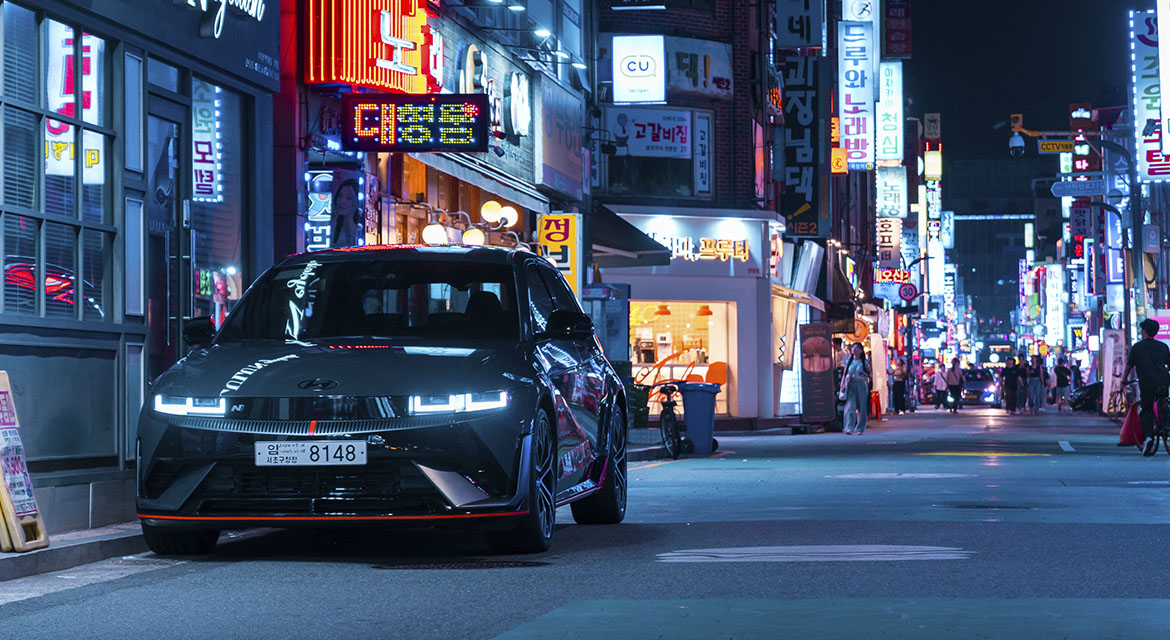
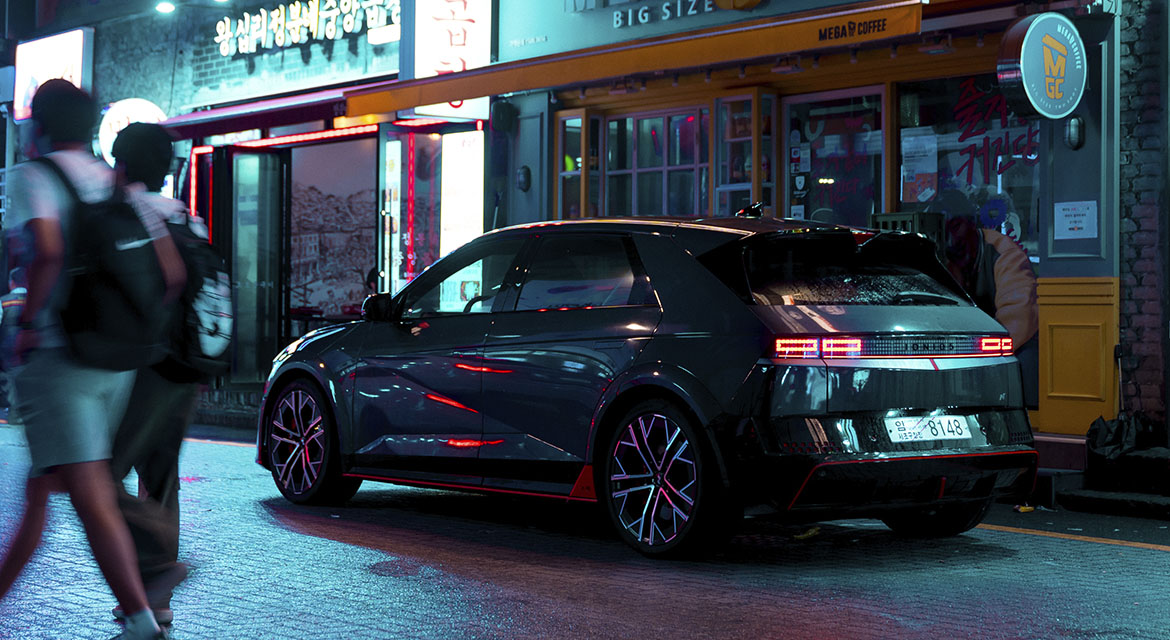
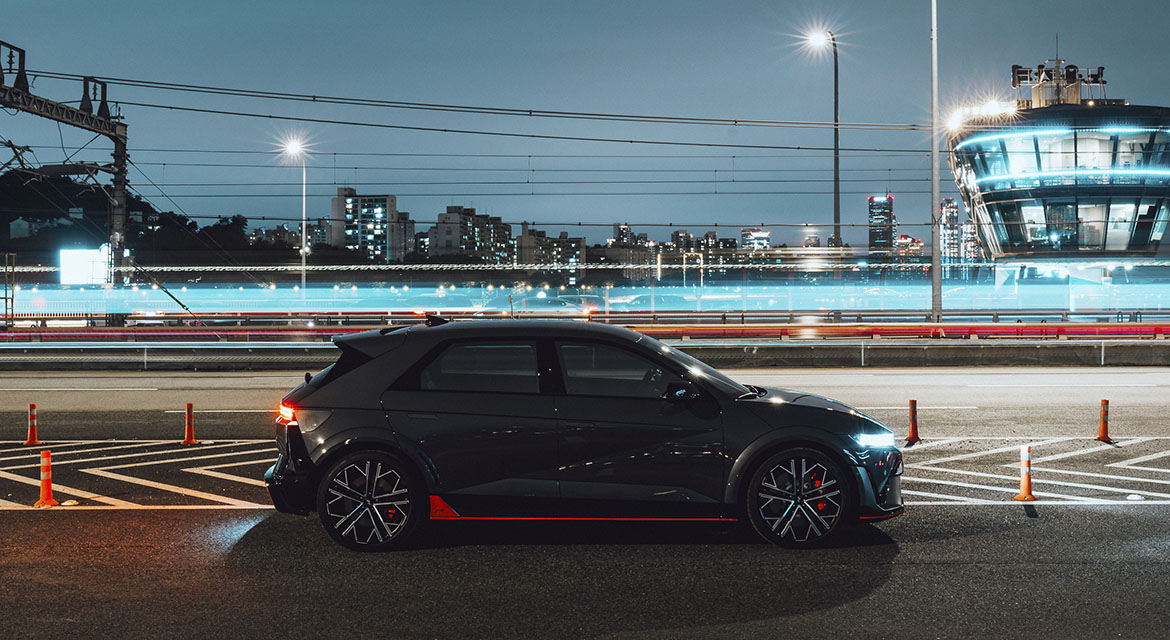

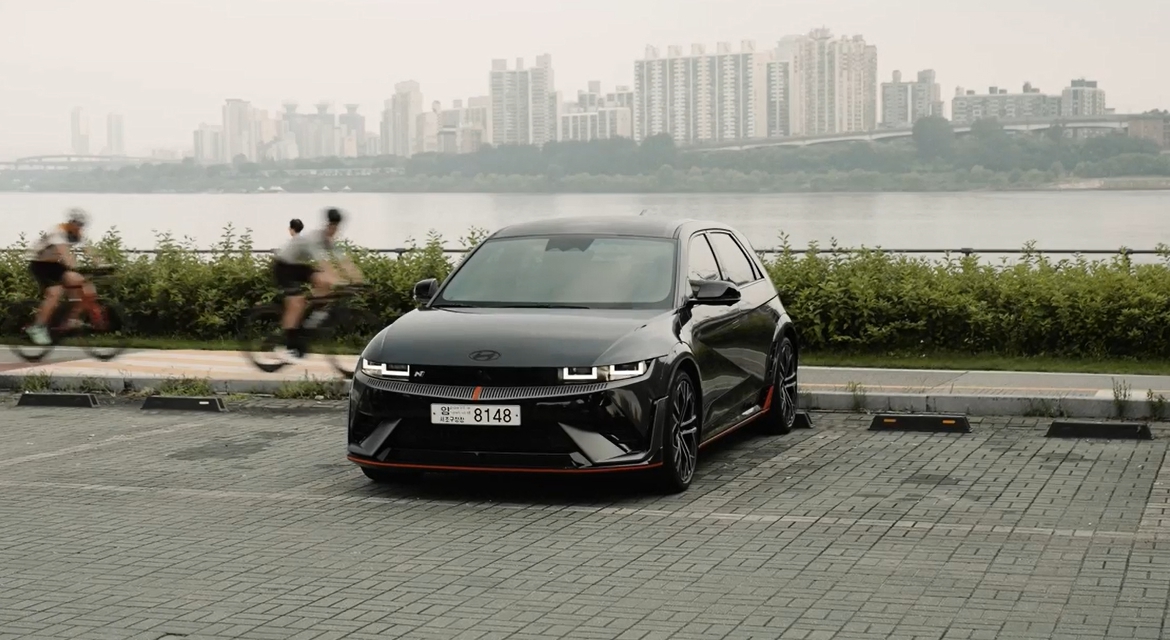 MP4 52 MB
MP4 52 MB
